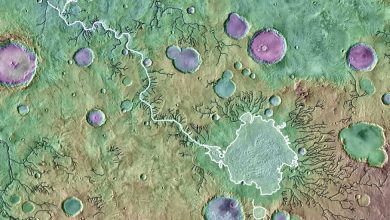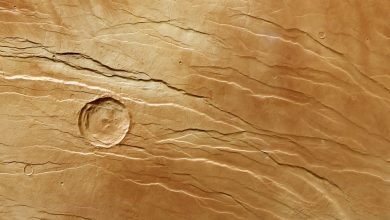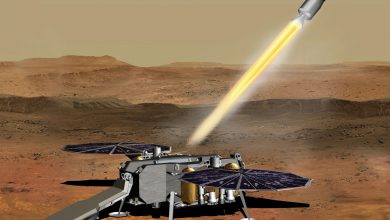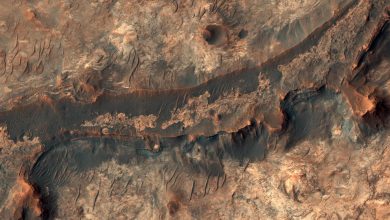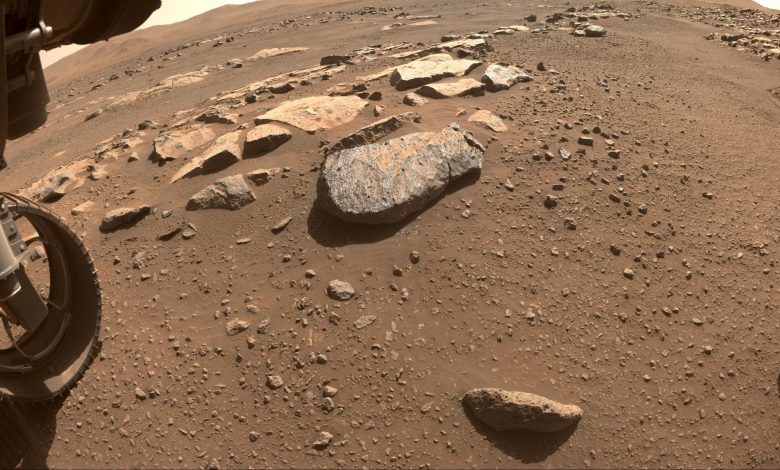
Lead image: NASA’s Perseverance Mars rover will abrade the rock at the center of this image, allowing scientists and engineers to assess whether it would hold up to the rover’s more powerful sampling drill. Credit: NASA/JPL-Caltech
After failing to collect a rock sample that proved too crumbly, Nasa’s Perseverance rover has set its eyes on another rock nicknamed ‘Rochette’. The US space agency on Thursday said a tool mounted on the robotic arm of Perseverance will abrade the surface of the rock. The scientists will look inside Rochette to determine whether they would move ahead to capture the sample with the rover’s coring bit.
The Perseverance rover has been exploring a four square kilometre patch of the Jezero crater floor since its landing in search of a scientifically interesting target to collect Martian rocks. The rover is carrying over three dozen titanium tubes to collect the sample.
The rover will abrade a rock this week, allowing scientists and engineers to decide whether that target would withstand its powerful drill.
In its search for signs of ancient microbial life on Mars, NASA’s Perseverance rover is once again preparing to collect the first of many rock core samples that could eventually be brought to Earth for further study.
This week, a tool on the rover’s 7-foot-long (2-meter-long) robotic arm will abrade the surface of a rock nicknamed “Rochette,” allowing scientists to look inside and determine whether they want to capture a sample with the rover’s coring bit. Slightly thicker than a pencil, the sample would be sealed in one of the 42 remaining titanium tubes aboard the rover. Should the team decide to acquire a core from this rock, the sampling process would be initiated next week.
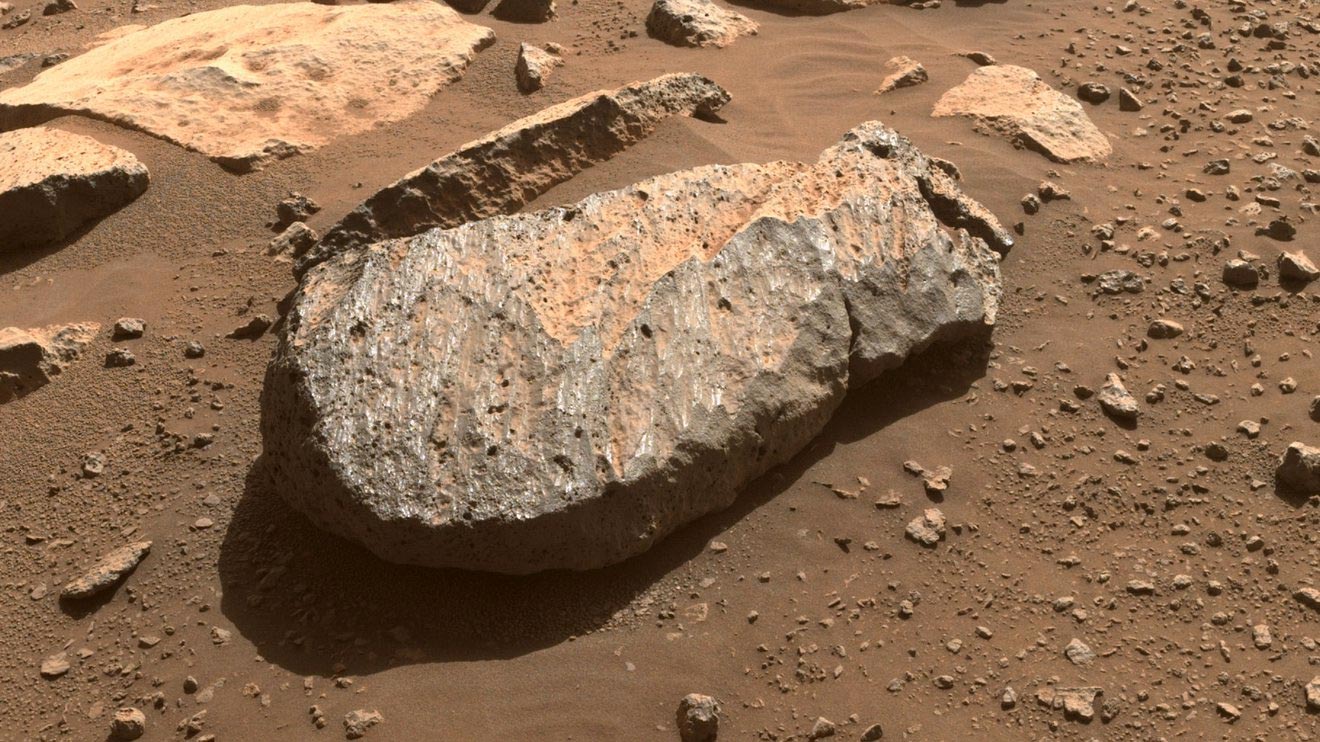
The mission attempted to capture their first record of the crater floor on August 6 from a rock that ultimately proved too crumbly, breaking into powder and fragments of material too small to be retained in the sample tube before it was sealed and stored within the rover.
Perseverance has since trucked 1,493 feet (455 meters) to a ridge nicknamed “Citadelle” – French for “castle,” a reference to how this craggy spot overlooks Jezero Crater’s floor. The ridge is capped with a layer of rock that appears to resist wind erosion, a sign that it’s more likely to hold up during drilling.
“There are potentially older rocks in the ‘South Séítah’ region ahead of us, so having this younger sample can help us reconstruct the whole timeline of Jezero,” said Vivian Sun, one of the mission’s scientists at NASA’s Jet Propulsion Laboratory in Southern California.
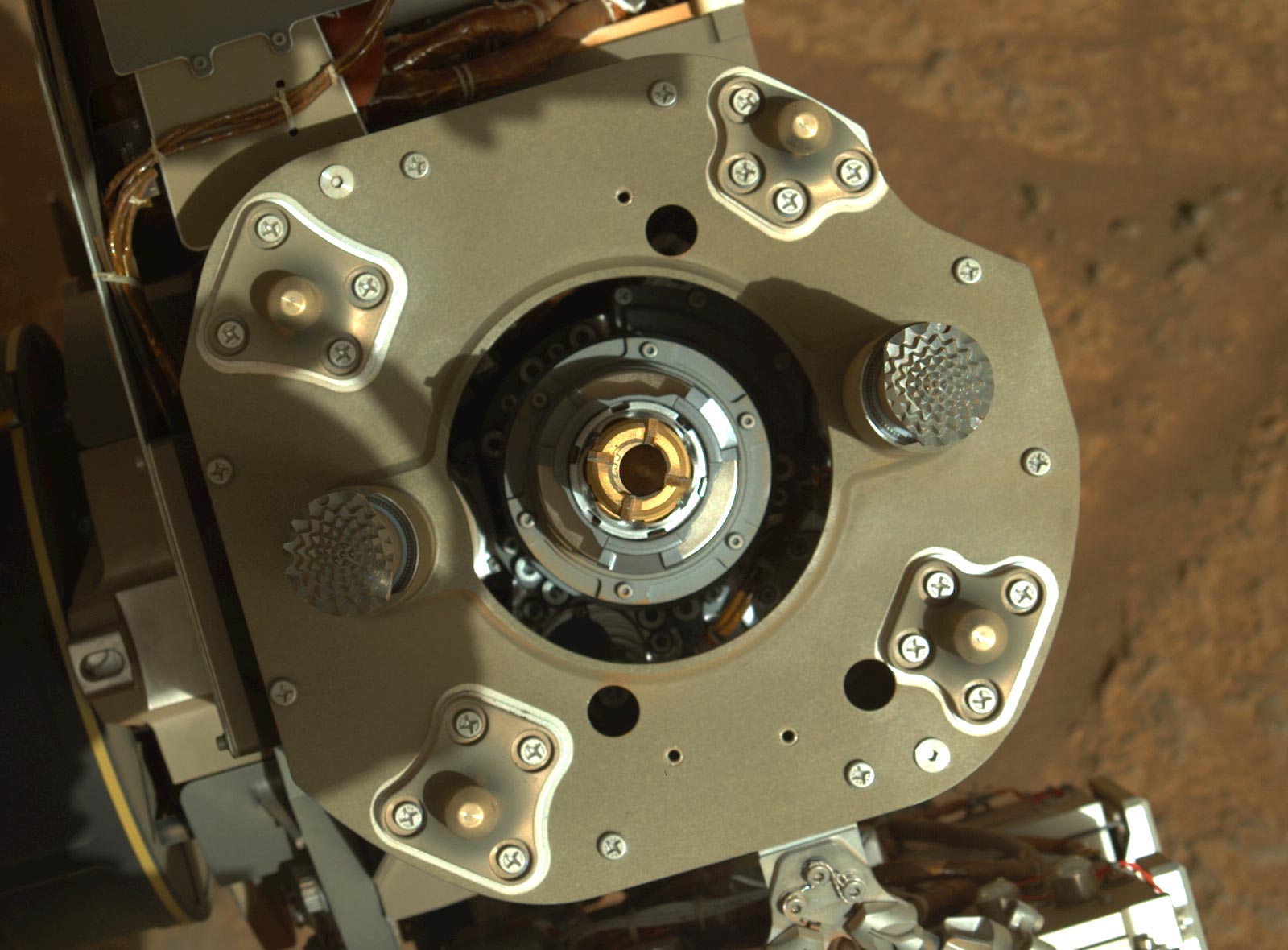
The team has added a step to the sampling process for this coming attempt: After using its Mastcam-Z camera system to peer inside the sample tube, the rover will pause the sampling sequence so the team can review the image to ensure a rock core is present. Once a sample is confirmed, they will command Perseverance to seal the tube.
Although the pulverized rock eluded capture in the initial sample-acquisition effort, the first sample tube still contains a sample of Martian atmosphere, which the mission had originally planned to acquire at a later time.
“By returning samples to Earth, we hope to answer a number of scientific questions, including the composition of Mars’ atmosphere,” said Ken Farley, Perseverance’s project scientist at Caltech in Pasadena, California. “That’s why we’re interested in an atmospheric sample along with rock samples.”
While atop Citadelle, Perseverance will use its subsurface radar, called RIMFAX – short for Radar Imager for Mars’ Subsurface Experiment – to peer at rock layers below it. The top of the ridge will also provide a great vantage point for Mastcam-Z to look for other potential rock targets in the area.
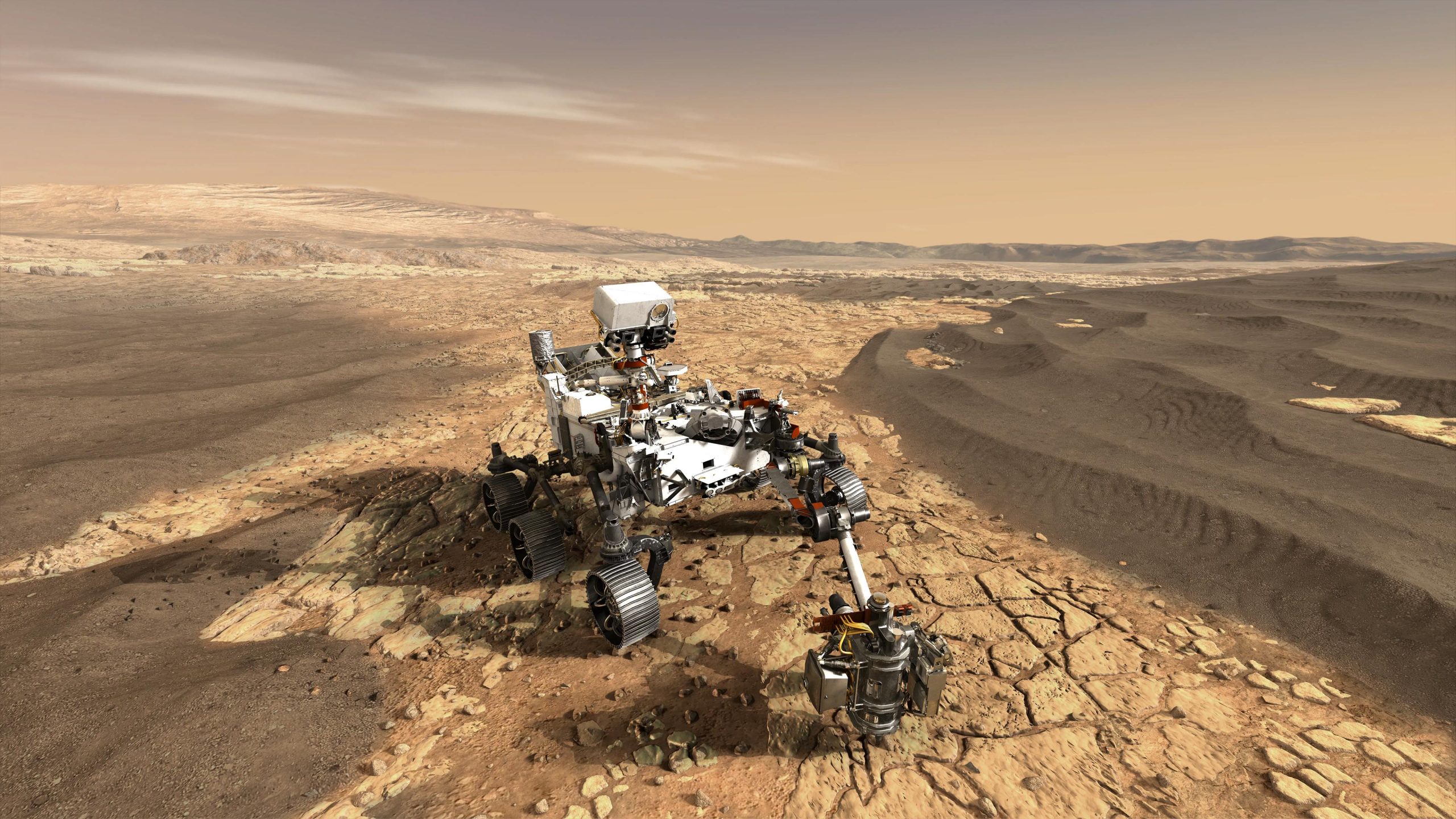
More About the Mission
A key objective for Perseverance’s mission on Mars is astrobiology, including the search for signs of ancient microbial life. The rover will characterize the planet’s geology and past climate, pave the way for human exploration of the Red Planet, and be the first mission to collect and cache Martian rock and regolith (broken rock and dust).
Subsequent NASA missions, in cooperation with ESA (European Space Agency), would send spacecraft to Mars to collect these sealed samples from the surface and return them to Earth for in-depth analysis.
The Mars 2020 Perseverance mission is part of NASA’s Moon to Mars exploration approach, which includes Artemis missions to the Moon that will help prepare for human exploration of the Red Planet.
JPL, which is managed for NASA by Caltech, built and manages operations of the Perseverance rover.
The science team has identified the Jezero Crater as an ancient lakebed that gradually dried up as the climate on the Red Planet changed. Scientists have planned to collect rocks from Jezero Crater since evidence of life on Earth is often preserved in the mud and sand deposited at the bottom of the lake. The ongoing mission is the first leg of a relay race to return samples from Mars.

